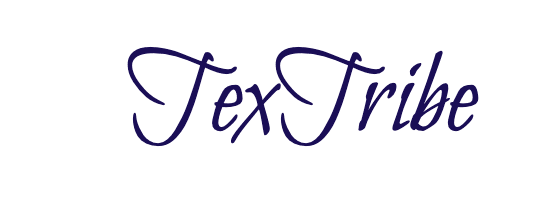In the vast and intricate tapestry of the English language, few words carry the majesty and grandeur of “elephant.” This term not only evokes images of the colossal and gentle giants that roam the earth’s landscapes but also serves as a fascinating example of how singular and plural forms operate within the language. This article delves into the plural of “elephant,” exploring its linguistic nuances, usage, and common queries surrounding its plural form.
The Singular and Plural of Elephant
The word “elephant” originates from the Latin “elephantus,” itself derived from the Greek “elephas,” meaning “ivory” or “elephant.” In its singular form, it refers to one of the large mammals belonging to the family Elephantidae. When discussing more than one of these magnificent creatures, the plural form “elephants” is used. This transformation follows the standard rule of adding an “s” to the end of a noun to denote plurality in English.
| Singular | Plural |
|---|---|
| elephant | elephants |

Understanding Elephant
Definition of Elephant
An elephant is a large mammal noted for its long trunk, tusks made of ivory, large ears, and thick, pillar-like legs. There are three main species recognized today: the African bush elephant, the African forest elephant, and the Asian elephant. Elephants are known for their intelligence, social complexity, and memory, making them subjects of fascination both in scientific studies and popular culture.
Usage of Elephant
The word “elephant” can be used both literally and metaphorically. Literally, it refers to the animal itself, encountered in wildlife documentaries, zoos, and in their natural habitats across Africa and Asia. Metaphorically, “elephant in the room” is a popular idiom used to describe an obvious problem or issue that is being ignored or goes unaddressed.
Use of Elephant in Sentences
To fully grasp the application of “elephant” and its plural form, consider the following examples:
- The elephant raised its trunk, signaling the rest of the herd to follow.
- Tourists were amazed by the group of elephants bathing in the river.
- The sanctuary is home to several elephants rescued from poaching.
- An elephant’s memory is one of the most impressive in the animal kingdom.
- The documentary highlighted elephants’ pivotal role in maintaining their ecosystems.
These sentences showcase the word in various contexts, illustrating its versatility and significance in both singular and plural forms.
Common Mistakes and Confusions
One common mistake is the misapplication of the plural form, especially when the word is used in idiomatic expressions. For instance, saying “elephants in the room” instead of “elephant in the room” can confuse the metaphor’s intended meaning. Additionally, there’s sometimes confusion with the word “elephantine,” which refers to something resembling an elephant, especially in size or clumsiness, and does not follow the same pluralization rule.
Commonly Asked Questions
- Why is the plural of “elephant” simply “elephants”?
The plural form adheres to the standard English rule of adding “s” or “es” to a noun to denote plurality. - Are there any exceptions to how “elephants” is used?
Generally, the rules for using “elephants” are straightforward. However, idiomatic expressions like “elephant in the room” always use the singular form, regardless of the number of issues being implied. - Can “elephant” refer to something other than the animal?
Yes, apart from its literal meaning, “elephant” can be used metaphorically or to describe objects that are large or have characteristics reminiscent of an elephant, such as “elephantine columns” in architecture.
Conclusion
The pluralization of “elephant” into “elephants” may follow a simple linguistic rule, but the word itself encompasses a complex and rich tapestry of meanings, from its direct reference to the majestic animal to its metaphorical uses in language. Understanding the correct usage of its singular and plural forms enhances our appreciation of both the English language and the fascinating creatures that inspired the term. As we continue to explore the depths of language and its application to the world around us, let us remember the importance of precision and clarity in our communication.
FAQ
What is the correct plural form of “elephant”?
The correct plural form of “elephant” is “elephants.”
How should I use the plural form of “elephant” in a sentence?
When using the plural form, make sure all accompanying words are also in the plural form. For example, “elephants have long trunks” is correct, while “elephants have a long trunk” is incorrect.
What is the singular form of “elephant”?
The singular form of “elephant” is simply “elephant.”
When should I use the singular form of “elephant”?
Use the singular form when referring to a specific or individual elephant. For example, “an elephant has a long trunk” or “the elephant is an intelligent animal.”
Can you provide examples of using “elephant” in both singular and plural sentences?
Certainly! Here are some examples:
– Singular: “The elephant is the largest land mammal.”
– Plural: “Elephants have long tusks and are known for their intelligence.”
How do I form the possessive forms of “elephant”?
The possessive form of “elephant” depends on whether you are referring to the possession of a singular elephant or multiple elephants. For a singular possession, use “elephant’s” (e.g., “the elephant’s habitat”). For multiple possessions, use “elephants'” (e.g., “the elephants’ migration routes”).

